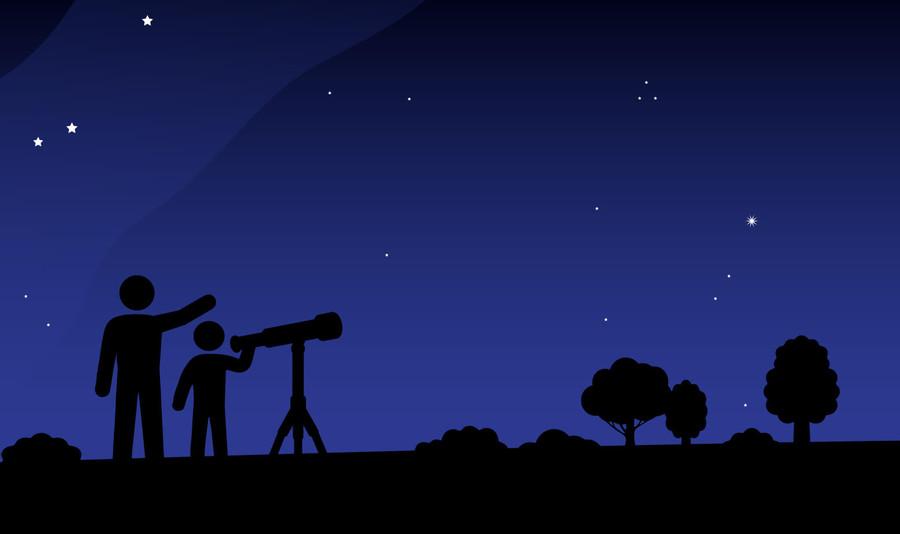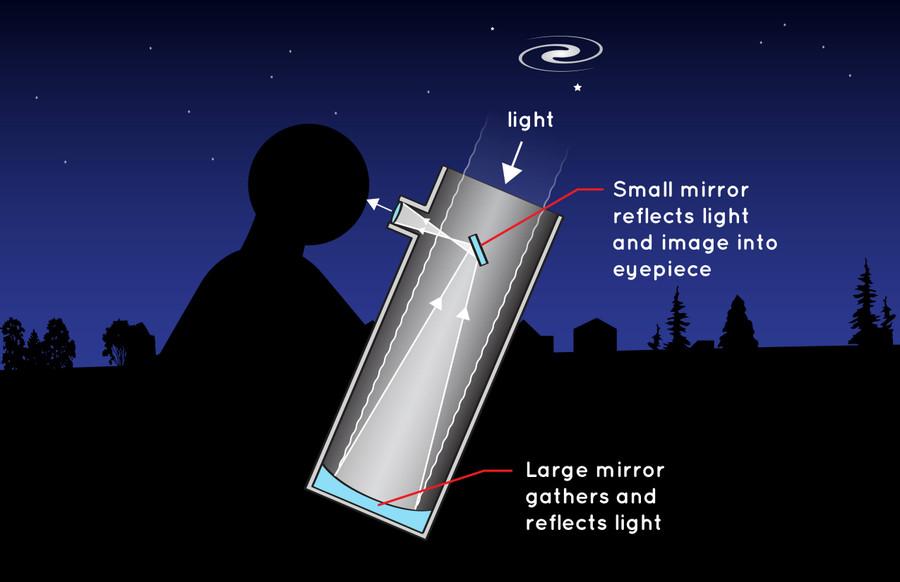How Do Telescopes Work? | NASA Space Place – NASA Science for Kids
Curated from: spaceplace.nasa.gov
11
1
Explore the World's Best Ideas
Join today and uncover 100+ curated journeys from 50+ topics. Unlock access to our mobile app with extensive features.
The telescope
A telescope is a tool that astronomers use to see objects from afar. Most telescopes use curved mirrors to focus light from the night sky.
The first telescopes focused light by using pieces of curved, clear glass called lenses. Today we use mirrors as they as lighter and easier to make perfectly smooth.
8
108 reads
The mirrors or lenses in a telescope are called "optics"
Powerful telescopes can see dim objects and objects that are really far away. To do that, the optics have to be really big. The bigger the mirrors or lenses, the more light the telescope can gather.
The mirrors and lenses of a telescope must be just the right shape to concentrate the light. They must be without spots, scratches or other flaws.
8
95 reads
A telescope made with lenses is called a refracting telescope
A lens bends light passing through it, like eyeglasses, to make faraway objects seem closer.
Thick lenses are more powerful but also very heavy. Heavy lenses are difficult to make and hold in the right place. Thicker glass also prevents more of the light from passing through. Because light is passing through the lens, the lens's surface has to be extremely smooth.
8
91 reads
A telescope that uses mirrors is called a reflecting telescope
A mirror can be very thin and a bigger mirror does not have to be thicker. Light is concentrated by bouncing off of the mirror that needs to be the correct curved shape.
Mirrors have their own problems. For example, the curved mirror in a telescope flips the image. It can be fixed by using other mirrors to flip it back.
8
83 reads
IDEAS CURATED BY
Christopher Duncan's ideas are part of this journey:
Learn more about scienceandnature with this collection
How to make sustainable choices in everyday life
Identifying ways to reduce waste and conserve resources
Understanding the impact of human actions on the environment
Related collections
Similar ideas
4 ideas
What Is a Nebula? | NASA Space Place – NASA Science for Kids
spaceplace.nasa.gov
4 ideas
10 ideas
Read & Learn
20x Faster
without
deepstash
with
deepstash
with
deepstash
Personalized microlearning
—
100+ Learning Journeys
—
Access to 200,000+ ideas
—
Access to the mobile app
—
Unlimited idea saving
—
—
Unlimited history
—
—
Unlimited listening to ideas
—
—
Downloading & offline access
—
—
Supercharge your mind with one idea per day
Enter your email and spend 1 minute every day to learn something new.
I agree to receive email updates



